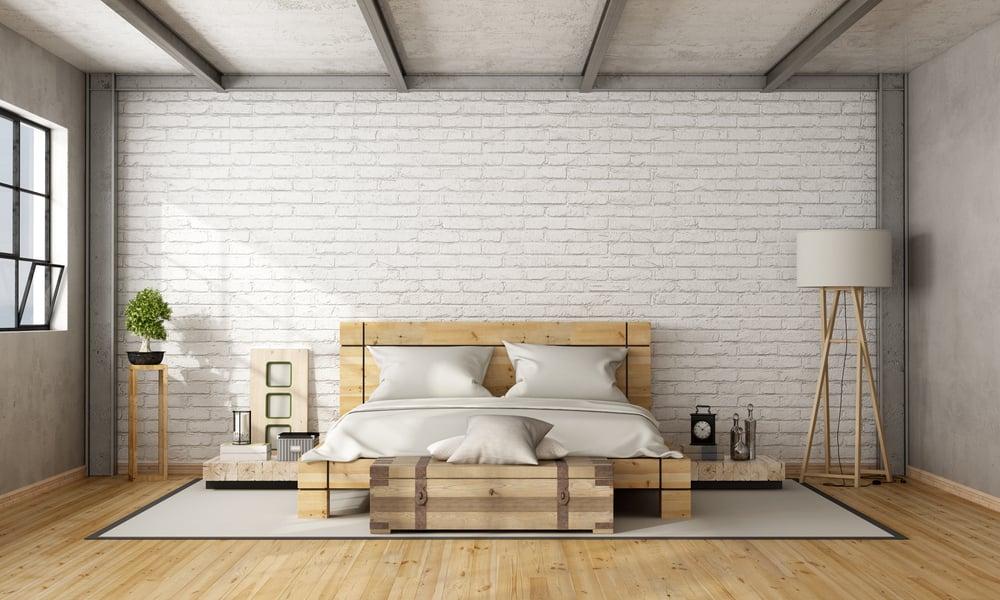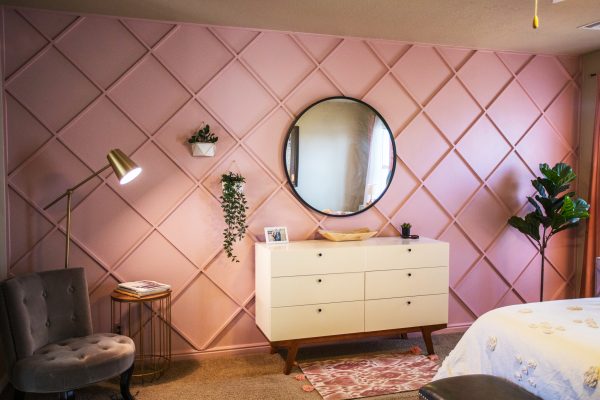
Accent walls are a popular way to add visual interest and drama to a room. By strategically choosing a color and location for your accent wall, you can transform a bland space into a dynamic and exciting one. Whether you’re looking to create a cozy atmosphere or make a bold statement, an accent wall can help you achieve your design goals.
Choosing the Right Color
The color you choose for your accent wall is crucial to its success. While you can select any color you like, it’s essential to consider the overall color scheme of the room. You’ll want to choose a color that complements the existing colors and ties the room together. If you’re unsure, consider using a color wheel to help you choose a color that’s in harmony with the other colors in the room.
One popular approach is to choose a bold color for your accent wall. Bold colors like red, orange, and yellow create a warm and cozy atmosphere, while blues and greens create a calming and relaxing vibe. If you’re not quite ready to commit to a bold color, consider using a lighter or darker shade of the room’s existing color. This approach is more subtle but still adds visual interest.
Choosing the Right Location
The location of your accent wall is just as important as the color you choose. Ideally, you want to choose a wall that draws the eye and creates a focal point. The wall behind the bed in a bedroom or the wall behind the couch in a living room are popular choices. You can also choose a wall with architectural details like a fireplace or built-in shelves to highlight those features.
When selecting a wall, consider the room’s layout and how the accent wall will affect the room’s flow. You don’t want the accent wall to overwhelm the space or make it feel cramped. Instead, aim for a balanced and harmonious design that complements the room’s existing features.
DIY Accent Walls

If you’re feeling adventurous, you can create your accent wall using paint and some basic DIY skills. Start by choosing your color and location, then gather your supplies, including painter’s tape, a paint roller, and a brush. Prep the wall by cleaning it and filling in any cracks or holes, then use painter’s tape to create straight lines and protect the surrounding areas.
When painting, start with a primer coat, then apply your chosen color. Don’t be afraid to experiment with different techniques like stenciling or using a sponge for a textured effect. Once the paint is dry, remove the painter’s tape, and admire your handiwork.
Professional Accent Walls
If DIY isn’t your thing, or you want a more polished look, consider hiring a professional painter to create your accent wall. A professional painter can help you choose the right color and location and ensure a flawless finish. They can also create custom designs or use special techniques like color blocking or ombre effects to create a truly unique accent wall.
Overall, an accent wall is an excellent way to add drama and visual interest to any room. Whether you choose a bold color or a subtle shade, a DIY approach or a professional painter, an accent wall can transform a bland space into a dynamic and exciting one.

